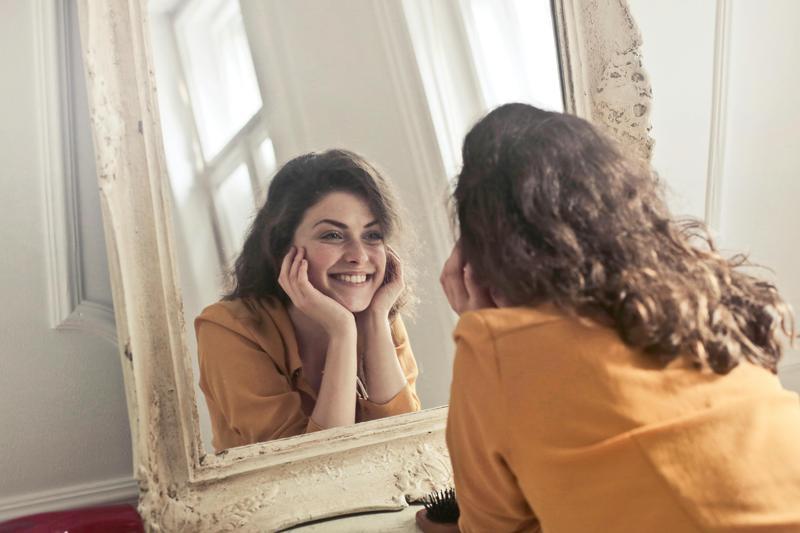The Emotional Reason Teachers Appear—and Disappear
You’ve heard the line—“When the student is ready, the teacher will appear.” But what if that teacher isn’t a person sitting across from you? What if it’s life itself — showing up through moments that challenge you, stretch you, and call you out of who you’ve been?
Sometimes it looks like the person who pushes your buttons. Sometimes it’s a disappointment that forces you to grow. And sometimes, it’s silence — life not giving you what you want, so you can finally hear what you need. The question isn’t whether the teacher appears. It’s whether you’re ready to recognize them when they do.
It also reveals something few people talk about: that teachers don’t just appear. They also disappear. And that disappearance — while it can feel like loss — is often the most profound sign of your growth.
Where the Quote Comes From
The phrase “When the student is ready, the teacher will appear” sounds ancient, doesn’t it? It feels like something whispered in a temple or written on the edge of an old scroll. But if you go digging, you won’t find it in Buddhist or Taoist texts. Scholars trace it instead to the late 1800s — when Western writers in the Theosophy movement began summarizing Eastern ideas into short, poetic lines.
So while the words might not be ancient, the truth behind them absolutely is. Because readiness — that deep internal opening — is timeless. And later, someone added the second half: “When the student has learned the lesson, the teacher will disappear.” That addition changed everything. It brought the quote full circle. It reminded us that true learning leads to independence, not dependence.
We’ve all felt this — the mentor who guided us through a chapter of life and then drifted away. The relationship that catalyzed transformation but couldn’t stay. The challenge that kept repeating until we finally embodied the lesson. Once the growth is integrated, the pattern — or the person — no longer needs to stay. And that disappearance, though bittersweet, is the evidence of embodiment.

The Many Faces of the Teacher
Here’s where it gets real. The “teacher” doesn’t always show up in pleasant packaging. Sometimes it’s frustration. Sometimes it’s loss. Sometimes it’s the exact thing you swore you were done dealing with. The teacher might appear as:
- A coworker who dismisses your ideas,
- A partner who mirrors your deepest insecurities,
- Or the same life challenge returning again and again, asking: “Have you learned yet?”
Each of these moments invites you to see what emotional state you’ve been unconsciously training. When pressure hits — do you default to irritation? When you’re misunderstood — do you collapse into self-doubt? When things slow down — do you spiral into anxiety or restlessness?
Life keeps handing us these teachers, not as punishment, but as feedback. It’s showing us what we’ve been practicing emotionally. And here’s the paradox: The teacher often feels like the problem. But they’re really the opportunity — the moment to shift from reaction to training.
Readiness: Waiting vs. Training
Most people interpret readiness as waiting. They wait for a perfect mentor. They wait until they feel “enlightened enough” or confident enough. They wait until life settles down — which it rarely does. But readiness isn’t about waiting for the right conditions. It’s about training your perception until you can see what’s already in front of you.
If you’ve ever said, “I know this concept, but I keep falling back into the same pattern,” — that’s the gap between intellectual understanding and trained readiness. Intellectual readiness says, “I get it.” Trained readiness says, “I live it.” You know you’ve crossed that line when pressure comes — and your body stays steady. When the old trigger shows up — and you meet it with calm instead of collapse. When self-doubt whispers — and you respond with quiet certainty instead of proof-seeking.
That’s readiness. Not the absence of challenge — but the presence of stability. And when you reach that place, the teacher who’s been waiting in plain sight suddenly becomes clear. Because the truth is: the teacher was always there. You just couldn’t see them until you were ready to feel differently.

Why Teachers Disappear
“When the student has learned the lesson, the teacher will disappear.” That disappearance isn’t rejection — it’s recognition. It’s life saying, “You’ve integrated this one. Time for the next.” Think about the patterns that seem to chase you through life — The recurring argument. The same kind of partner. The constant pressure around money or self-worth. They show up again and again until you shift the emotional state that created them.
The moment you stop meeting them with resistance — and meet them with presence — they dissolve. It’s not that life stops being challenging. It’s that the form of the challenge changes. You’ve graduated from that level of training. Sometimes this looks like a mentor stepping back because you no longer need their guidance. Sometimes it’s a relationship that ends naturally. Sometimes it’s realizing you can handle what used to overwhelm you. Each disappearance is a quiet milestone. It’s proof that you’ve embodied what used to be just theory.
Examples of Everyday Teachers
Let’s bring this closer to home. Imagine you’re in traffic, running late, and someone cuts you off. Your jaw tightens, your chest heats up — and there it is: frustration. That moment is your teacher. It’s offering you the chance to train patience instead of anger.
Or maybe your finances hit a low point. Your stomach drops, anxiety kicks in, and your mind spirals. That fear is the teacher. It’s an invitation to train steadiness and trust, even when outcomes aren’t certain.
Or maybe you’ve been pushing yourself in the gym or in your business. You hit a wall. Exhaustion shows up — the voice that says, “You can’t.” That’s the teacher, too. It’s training your relationship to effort, to limits, to persistence.
Teachers appear every day — disguised as life. The more aware you become of the emotional state you’re rehearsing, the faster the lesson integrates. Because awareness isn’t passive — it’s the first step of retraining. And sometimes the teacher really is a person — a coach, a mentor, a friend who reflects truth back to you. But even that teacher eventually steps aside. Because the point was never for you to depend on them — it was to realize you can now hold the state on your own.

From Teachers to Self-Trust
At its core, this entire teaching points to one thing: self-trust. Every lesson, every repetition, every discomfort is building your capacity to hold steady inside yourself. The purpose of external teachers is to awaken the internal one — the part of you that knows how to stay centered, curious, and compassionate even when everything else feels uncertain.
Self-trust isn’t built through thinking. It’s built through training. Through showing up for your emotions over and over until you realize: “I can feel fear — and still act.” “I can feel doubt — and still stay connected.” “I can feel discomfort — and still choose presence.” That’s real mastery. It’s quiet. Grounded. And it’s the kind that stays with you long after the teacher disappears.
Reflection and Integration
So let’s come full circle. What teacher keeps showing up in your life right now? Is it a person? A recurring challenge? An emotion that feels impossible to escape? And what state have you been training each time it appears? Because the moment you consciously train something new — calm instead of control, presence instead of panic, compassion instead of defense — the teacher no longer needs to stay.
That’s the beauty of this quote: The appearance marks awareness. The disappearance marks embodiment. It’s the emotional cycle of evolution itself. You are shaping your internal reality, moment by moment. The only question is: What are you rehearsing?
If you’re ready to stop managing symptoms and start training a steady, resilient inner state, I’ve built a system that does exactly that. It weaves together perception, emotion, and nervous-system training — so you don’t just understand your patterns; you actually transform them. You can also follow along on Instagram — @mikewangcoaching — or join the newsletter for more depth each week.

